*Prohibited in Michigan
Identification: A mature snail is usually less than 5 mm (.2 in) long. The shell is elongated and dextral (its whorls or spirals lean toward the right) and typically has between 5 to 6 whorls on its shell that are usually uniform in size. Most snails have a light to dark brown shell that may appear to be black when wet. The mudsnail operculum (a rounded plate that seals the mouth of the shell when the animal’s body is inside) can be seen on live snails but is not easily visible on dead or preserved snails.
Table of Contents
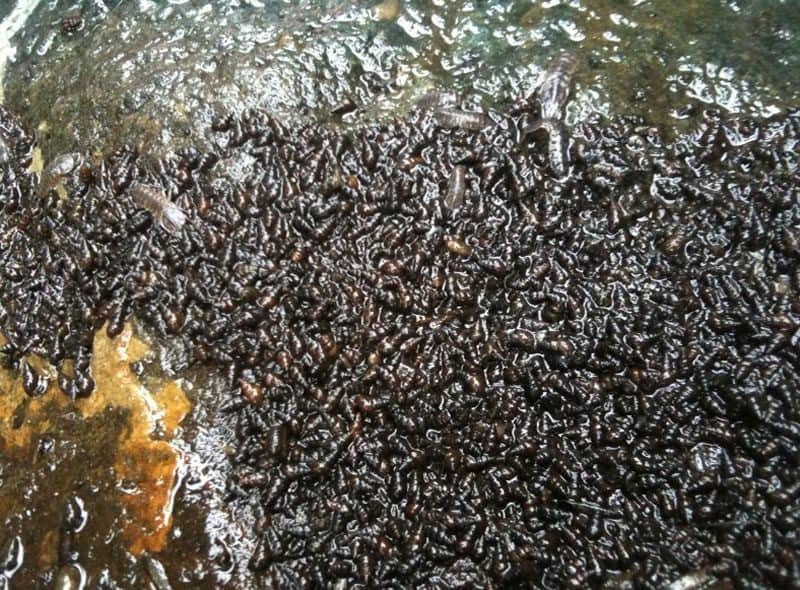
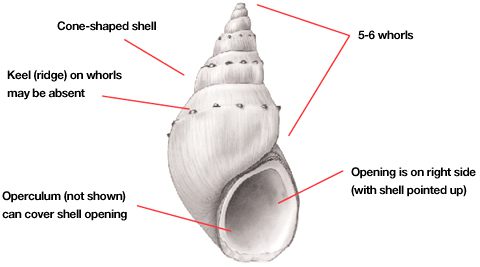
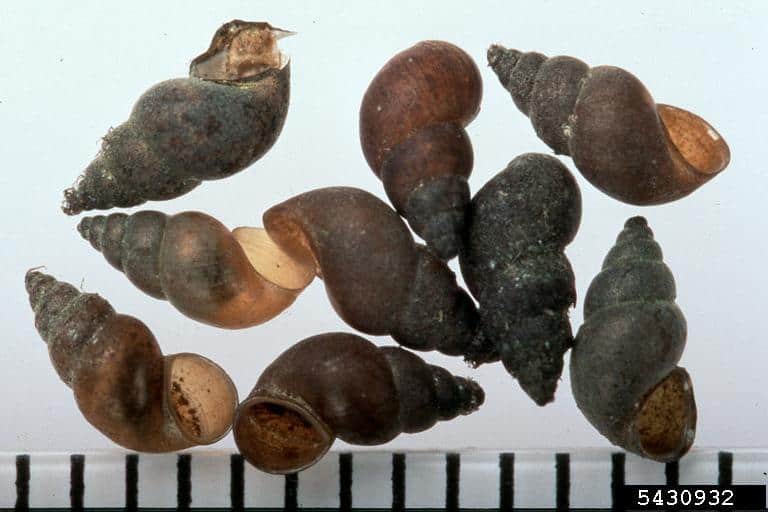
Ecological Threat:
- New Zealand mudsnails compete with other native species for food, disrupting the food chain and threaten the health and stability of aquatic ecosystems.
- Due to rapid self-reproduction, the species can quickly achieve densities of more than 500,000 snails per square meter.
- They are a non-native species that have no natural predators, parasites, or diseases to control their population size in North America.
- They are hardy, adaptable animals that can inadvertently be transported by boats, fishing gear, and waders.
Be sure to thoroughly clean and dry equipment before transporting it to a new water body.
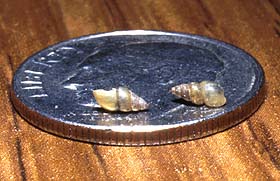
Think you have seen New Zealand mudsnails?
If you find what you think are New Zealand mudsnails:
- Take photos to document your sighting
- Note the location (adjacent street crossing, water body name, GPS coordinates, etc.)
- Report observations to the Midwest Invasive Species Information Network.
- If the observation is within the Tip of the Mitt Watershed Council service area, please
call (231) 347-1181 or email info@watershedcouncil.org
Additional Resources
- Confirmed Detections of New Zealand Mudsnails and Didymo in Michigan Waters – MDNR, September 2015
- New Zealand Mudsnail – How to prevent the spread of New Zealand Mudsnails through field gear – Department of Fish and Wildlife, State of Oregon.
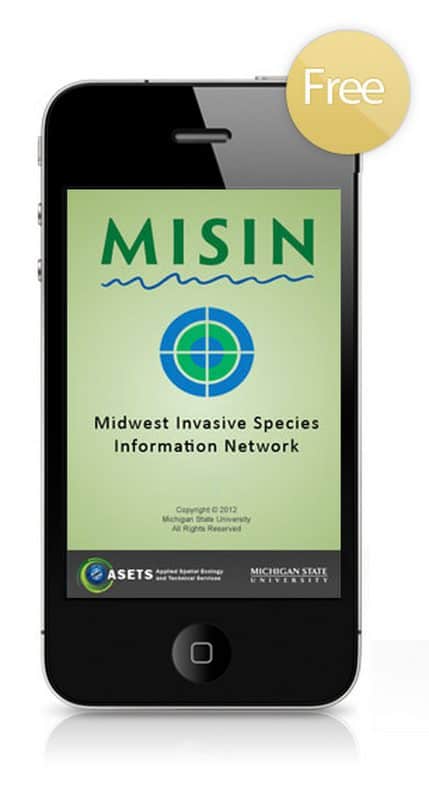
Reporting Invasive Species – FREE APP The MISIN smartphone app provides a mobile solution for the capture of invasive species field observation data. You can play an important role in the early detection and rapid response to new invasive threats in your area by contributing invasive species observations to the MISIN database.
|



